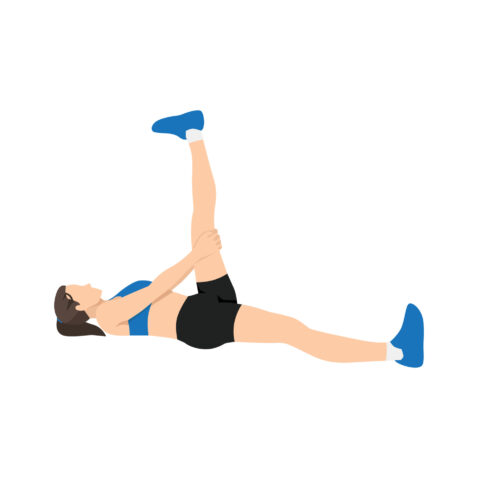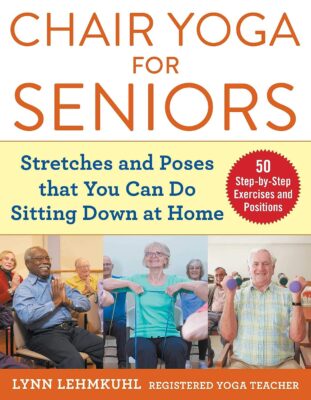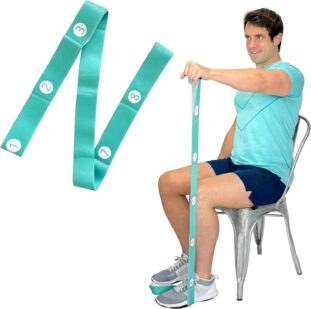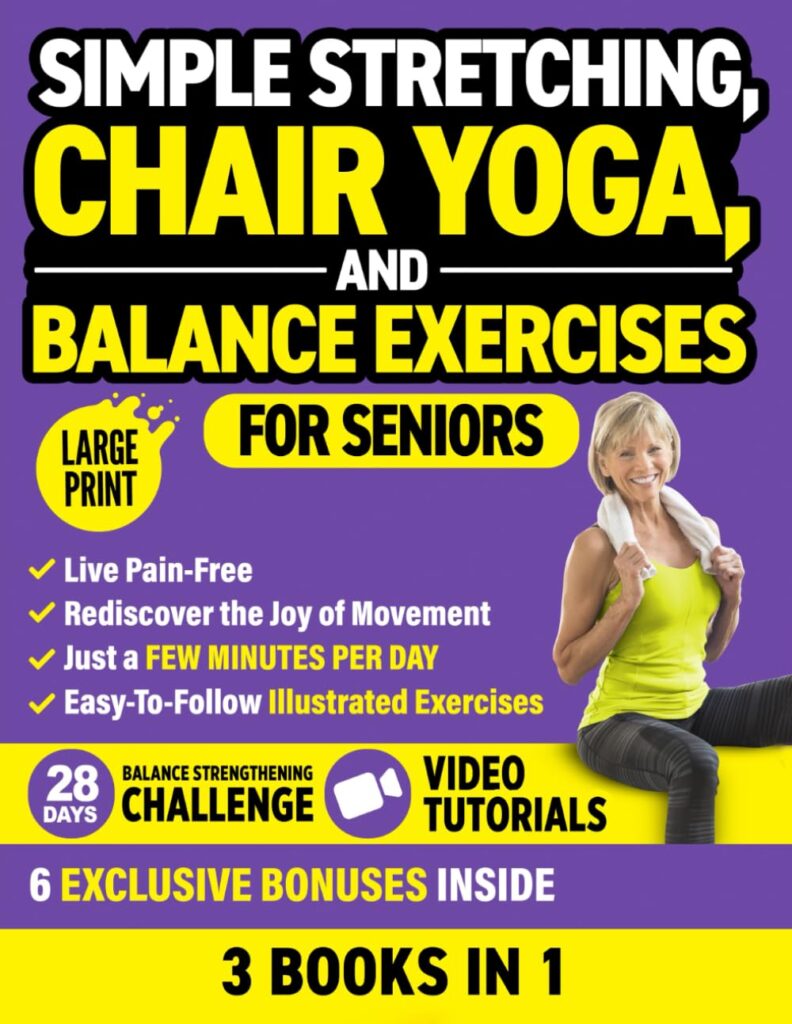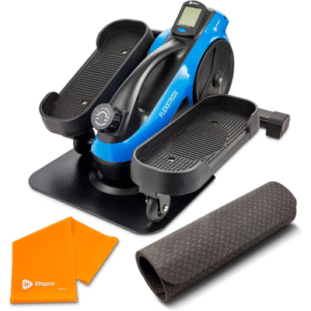Learning to cope with aging and changes you experience in your physical abilities is necessary so that you enjoy your senior and sunset years.
As you age, your body undergoes various changes that can affect your physical activities. Many of these changes creep up on you quietly.
This article reviews age related changes that affect your physical abilities, and also explores tips to help you cope with these changes.
Aging and Changes – Which Physical Activities are affected?
There are at least 11 physical activities that are affected by aging changes that occur in the body. These are activities that require muscle strength; range of motion; mobility and balance, and exercising.
The fear of injury may also reduce confidence in performing certain activities.
Decreased Muscle Strength
Muscle mass tends to decrease with age, which can lead to a decline in muscle strength. The loss of muscle mass (sarcopenia} begins as early as in your 30’s and accelerates with age.
This can result in decreased ability to perform activities that require strength, such as lifting heavy objects or climbing stairs.
The ability to perform quick, powerful movements can decline, affecting activities like sprinting or jumping.
Decreased Flexibility and Range of Motion
As you age, your tendons and ligaments may lose elasticity, leading to decreased flexibility. This can limit the range of motion in your joints.
It can make it more difficult to perform certain physical activities, such as bending over or reaching for objects.
Furthermore, arthritis which is common in older adults can cause pain and stiffness in the joints, further restricting movement.
Effects of Aging and Changes in the Cardiovascular System
Reduced Endurance
With age, the cardiovascular system may be less efficient because of a reduced pumping efficiency of the heart, leading to decreased endurance.
This can make it more difficult to engage in activities that require sustained physical effort, such as running or cycling because after exertion, your heart rate may take longer to return to normal.
Older adults may find that they require more time to recover from physical activities than they did when they were younger.
This can impact their ability to engage in frequent or intense exercise sessions.
Decreased Lung Capacity
Oxygen intake is reduced as lung capacity may decrease, making aerobic activities more challenging and leading to quicker fatigue.
Decreased Bone Density
Bones become more fragile and prone to fractures (osteoporosis) as a result of a decrease in bone density. This can make high-impact activities like running or jumping riskier. Weakened bones and muscles can affect your balance, increasing the risk of falls.
Age-related changes in muscle mass, bone density, and joint stability can increase the risk of injury during physical activities.
Older adults may be more prone to strains, sprains, and fractures, especially if they are engaging in high-impact or high-intensity activities.
They may find that they require more time to heal if they suffer from broken bones from physical activities than they did when they were younger. This can impact their ability to engage in frequent or intense exercise sessions.
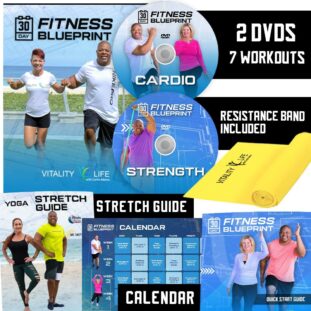
Slower Metabolism
A slower metabolism can lead to weight gain, which may make physical activities more challenging. You may also tire more quickly during exercise as your body takes longer to recover.
7 Effects of Aging and Changes in the Neuromuscular System
The neuromuscular system comprises the brain, spinal cord, nerves, and muscles and is responsible for transmitting signals from the brain to the muscles, allowing for voluntary movement.
Aging leads to the gradual loss of motor neurons, which are nerve cells that control muscle fibers.
This reduces the ability to generate and sustain muscle contractions. In addition, the protective sheath (myelin) surrounding nerves can deteriorate with age, slowing the transmission of nerve signals.
What are the consequences of this in seniors?
Reduced Strength
Loss of motor neurons leads to fewer muscle fibers being activated during movement, resulting in decreased strength. This can make everyday tasks like lifting objects, climbing stairs, or even walking more difficult.
Muscles can also shrink and weaken due to disuse or the inability to fully activate them.
Because of the weakening of the connection between the brain and muscles, this leads to reduced coordination and balance. As balance diminishes, the risk of falling during physical activity increases.
Impaired Coordination and Balance
The decline in neuromuscular efficiency can result in less coordinated movements. Tasks requiring fine motor skills, such as writing or buttoning clothes, can become challenging.
Neuromuscular decline affects the body’s ability to maintain balance, increasing the risk of falls. Seniors may experience dizziness or unsteadiness when standing or walking.
Slower Reaction Times
The slowing of nerve signal transmission leads to slower reaction times, making it harder to respond quickly to changes in the environment, such as tripping or avoiding obstacles.
Slower reactions can lead to a higher likelihood of accidents, both in everyday activities and in situations like driving.
Reduced Endurance and Fatigue
The muscles tire more quickly because they cannot generate as much force or sustain activity for long periods. Seniors may find themselves getting tired more easily during physical activities.
Reduced endurance can create a desire for a decrease in physical activity, further contributing to muscle weakness and overall decline in physical fitness.
Difficulty with Complex Movements
Activities that require multiple coordinated movements, such as dancing, sports, or even cooking, can become difficult due to the decline in neuromuscular function.
Learning new physical skills or adapting to new exercises can take longer and may be more frustrating for older adults.
Changes in Skin and Connective Tissue
As you age, skin becomes thinner, less elastic, and more fragile due to reduced collagen and elastin production. This makes it prone to bruising, tearing, and slower wound healing.
Connective tissues, including tendons and ligaments, weaken and lose flexibility, leading to joint stiffness and a higher risk of sprains and strains.
Reduced fat beneath the skin decreases cushioning, further increasing injury risk. These changes can limit physical activity, affect mobility, and increase the likelihood of falls, making gentle exercise and proper skin care vital for maintaining health and preventing injuries in seniors.
Mental and Emotional Changes
The fear of injury may reduce confidence in performing certain activities, especially if past injuries have occurred.
Aging often brings mental and emotional changes like memory decline, slower cognitive processing, and reduced attention span, which can affect daily functioning.
Seniors may experience increased anxiety, depression, or loneliness due to health issues, loss of loved ones, or reduced social interaction.
These emotional changes can decrease motivation for physical activity, leading to further decline in physical and mental health.
Maintaining mental stimulation, social connections, and emotional support is necessary to preserve cognitive function and overall well-being, helping seniors stay engaged and active in their later years.
Come to Terms with Age and Change – 6 Coping Tips
To cope with all these physical changes in aging, you will need to change your exercise regimen as you will need a more holistic approach to exercising.
Strength, flexibility, weight bearing, cardio and balance exercises are all required and you can do these in a variety of ways.
Invest in a good and inexpensive home exercise equipment for seniors such as the LifePro Elliptical for use when you are seated, and give those legs a workout while watching television or chatting with a friend!.
- Engage in Strength Training as this helps maintain muscle mass and strength.
- Flexibility Exercises in the form of stretching can improve and maintain joint flexibility.
- To improve Bone Health, engage in weight-bearing exercises like walking to help maintain bone density.
- Cardio Workouts such as regular aerobic exercises support heart health.
- Balance Training activities like yoga or tai chi can help you improve balance and coordination.
- Finally, Proper Nutrition in the form of a balanced diet will help support overall health and can mitigate some of the effects of aging. Avoid fast foods and processed foods. They are not your friends as you embark on this journey!
Staying active and adapting your physical activities to your body’s changing needs is key to maintaining health and fitness as you age. Check the following related articles for additional ideas.
- 7 Inexpensive Senior Exercise Equipment: Guide
- 5 Best Home Fitness Exercise Equipment For Seniors
- 8 Senior Exercise Routines: Highly Effective
- 10 Benefits of Senior Exercise Videos: Focus
- 7 Best Low Impact Pedal Exerciser for Seniors
- What Exercises Reduce Belly Fat: 3 Helpful Types
- 7 Best Wearable Fitness Trackers for Seniors- 2024
Conclusion – Aging and Changes
Seniors must modify their physical activities as they age in order to accommodate the effects of aging and changes to prevent injury.
Consulting with a healthcare provider or a fitness professional can help determine the most appropriate and safe ways to stay physically active as you age.
FAQs
What are the physical changes in aging?
Physical changes in aging include muscle loss, reduced bone density, slower metabolism, decreased flexibility, and skin thinning. These changes can affect strength, balance, and overall mobility, making regular exercise, proper nutrition, and preventive care essential to maintaining health and independence as you age.
How does age and change impact daily life?
Age and change affect daily life by altering physical abilities, cognitive function, and emotional well-being. These changes can lead to challenges in mobility, memory, and social interactions. Adapting routines, staying active, and seeking support can help manage these effects and maintain quality of life.
What are the effects of aging and changes in the body?
Common aging and changes include decreased muscle mass, slower metabolism, reduced bone density, joint stiffness, and cognitive decline. These changes can impact physical activity, mobility, and mental sharpness. Regular exercise, a balanced diet, and mental stimulation can help mitigate these effects.

